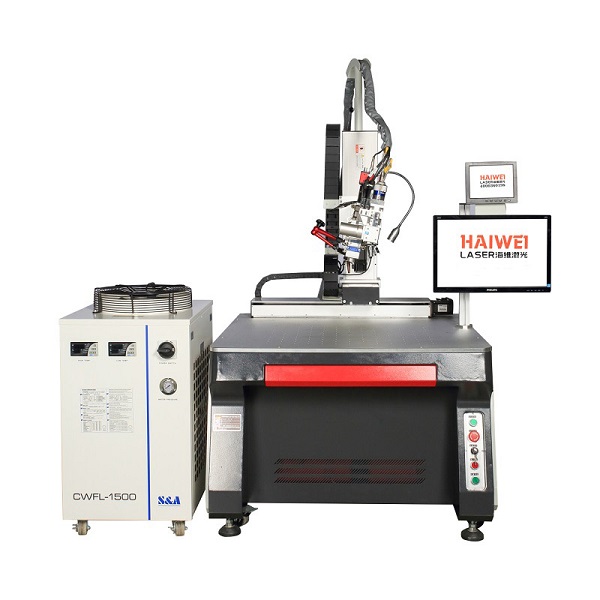How to Choose a Cost-Effective Laser Welding Machine
When looking for a laser welding machine with good value for money, it’s not about finding the cheapest option—it’s about matching capabilities to your actual production needs. Many buyers focus only on upfront price or peak power, but long-term cost efficiency depends on reliability, ease of use, and total cost of ownership.

Define Your Real Requirements
Start by listing:
Material types and thicknesses (e.g., 0.5–2 mm stainless steel or copper);
Joint geometry (lap, butt, fillet);
Required cycle time per part;
Production volume (low batch vs. high throughput).
A 1500W machine may be overkill for thin electronics housings but essential for battery trays. Right-sizing avoids paying for unused capacity.
Key Features That Impact Long-Term Value
Beam quality and stability: A stable M² value ensures consistent weld penetration, reducing scrap.
Integrated safety and fume extraction: Built-in compliance reduces retrofit costs.
User-friendly software: Quick programming and parameter storage speed up changeovers.
Serviceability: Can your team replace optics or perform basic maintenance without waiting for a technician?
Don’t Skip the Trial Run
Ask suppliers to weld your actual parts under real conditions. Evaluate:
First-pass yield over 50+ cycles;
Ease of adjusting parameters;
Noise, fume, and cooling requirements in your workspace.
Consider Total Cost of Ownership
Factor in:
Power consumption;
Consumables (protective windows, nozzles);
Expected maintenance intervals;
Availability of local support.
A truly cost-effective laser welding machine delivers consistent results with minimal downtime and operator dependency. Prioritize proven performance over specs on paper—and always test before you invest.
Recent Posts
- What are the advantages of laser welding machines in lithium battery pack production lines?
- What issues should be noted when choosing a lithium battery pack production line?
- Quality Inspection and Control of Lithium Battery Module Pack Production Line
- Cell grouping and sorting process in lithium battery module pack production line
- What are the safety hazards of lithium battery pack production lines and how can they be prevented?
INQUIRY

